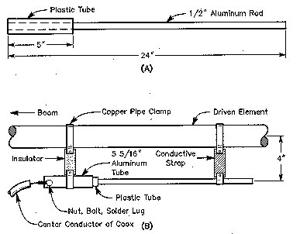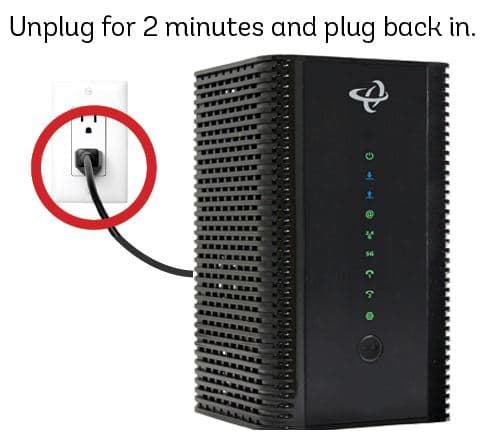As we look to the future, fiber optic technology continues to evolve rapidly, driven by increasing demand for high-speed connectivity and technological advancements. Here are some key trends and developments shaping the future of fiber optics:
Explosive Growth in Fiber to the Home (FTTH)
The push for “fiber to the home” is bringing high-speed fiber connections directly to residential areas, promising multi-gigabit speeds for everyday internet users. According to recent projections, the FTTH market is set for remarkable growth:
- The global FTTH market, valued at $20.6 billion in 2022, is expected to reach $53.9 billion by 2029.
- This growth reflects the escalating demand for high-speed, reliable internet as global connectivity expands.
FTTH is transforming communication, work, and entertainment by offering ultra-fast internet directly to homes and business premises.
Advancements in Passive Optical Network (PON) Technology
A major development in FTTH is the advancement of passive optical network (PON) standards, which govern the transmission and distribution of optical signals to multiple users:
- Traditional PON standards like GPON and EPON are being upgraded to faster alternatives such as XG-PON, XGS-PON, NG-PON2, and 10G-EPON.
- These newer versions enhance data rates, increase wavelengths, and offer greater versatility for various services and applications.
- However, they require more advanced testing and monitoring methods, including optical time domain reflectometry (OTDR), wavelength division multiplexing (WDM) analysis, and power metering.
Integration with 5G and Beyond
Fiber optic networks are crucial in supporting the rollout of 5G technology, providing the necessary backhaul capacity for high-speed wireless networks:
- The integration of 5G with FTTH promises ultra-fast connectivity with minimal latency, crucial for applications like autonomous vehicles and remote surgeries.
- 5G enables network slicing, allowing many virtual networks to operate simultaneously on the same physical infrastructure.
- As we move towards 6G in the 2030s, the integration of fiber optics and wireless technologies will become even more seamless, enabling new applications in augmented reality, holographic communications, and the Internet of Senses.
Shift to Edge Computing
The edge computing sector is expanding rapidly, with projections indicating a market value of approximately $132.11 million:
- This growth will positively impact the performance, efficiency, and security of FTTH networks.
- Edge computing minimizes latency, cuts down on capacity usage, and reduces vulnerability to cyber threats.
- However, it also necessitates a more complex network infrastructure, including a greater number of nodes, enhanced network diversity, and improved visibility.
Quantum Communications
Researchers are exploring the use of fiber optics in quantum communication systems, potentially enabling ultra-secure data transmission:
- Quantum key distribution (QKD) over fiber optic networks has already been demonstrated over distances exceeding 500 km.
- Challenges include maintaining quantum states over long distances and integrating quantum systems with classical networks.
- Breakthroughs in quantum repeater technology promise to extend the range of quantum communications significantly.
Improved Manufacturing Techniques
Advances in fiber optic cable manufacturing are leading to even higher performance and lower costs, making widespread adoption more feasible:
- Innovations include hollow-core fibers that use air as a medium, potentially reducing latency even further.
- Multi-core fibers are being developed that can dramatically increase data capacity within a single cable.
- Photonic crystal fibers with unique light-guiding properties are opening up new applications in sensing and non-linear optics.
Environmental Considerations
As the demand for fiber optic infrastructure grows, the industry is focusing on sustainable manufacturing processes and recyclable materials:
- Research is ongoing into bio-degradable fiber optic cables for temporary installations.
- Eco-friendly packaging solutions are being developed to reduce the environmental impact of fiber optic deployments.
Government Support Driving Demand
In the United States, government initiatives are accelerating the adoption of fiber optic technology:
- The Broadband Equity, Access and Deployment (BEAD) program provides $42.45 billion to expand high-speed internet access in all 50 states, with a focus on underserved rural areas.
- The Updated Critical and Emerging Technologies List (CETs) released by the White House in February 2024 includes optical link and fiber optic technology as key areas of focus.
These developments signal an impending increase in the construction of fiber networks in the USA and globally, driving innovation and expansion in the fiber optic industry.
As we move into 2024 and beyond, fiber optic technology will continue to play a crucial role in shaping our digital future. The ongoing advancements in speed, capacity, and versatility of fiber optics will enable new applications and services, further cementing its position as the backbone of our increasingly connected world.


![[Windows 8] How to share Internet connection with your phone, tablet, other computers, and other dev](https://www.800908.com/wp-content/uploads/2021/10/1224-6.png)

